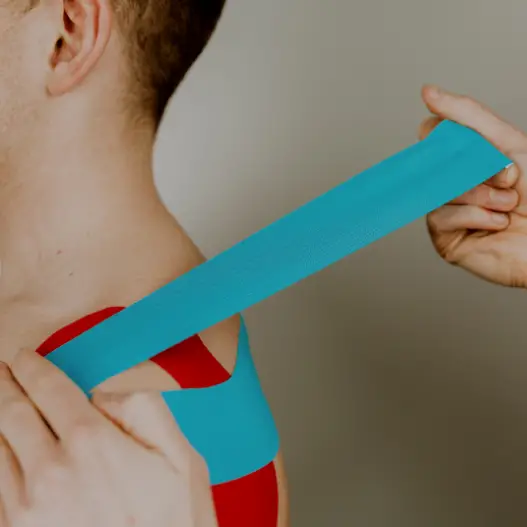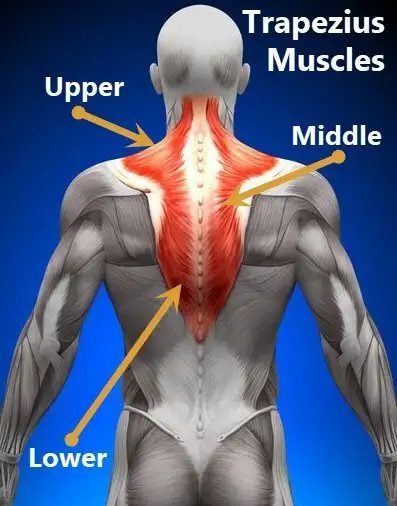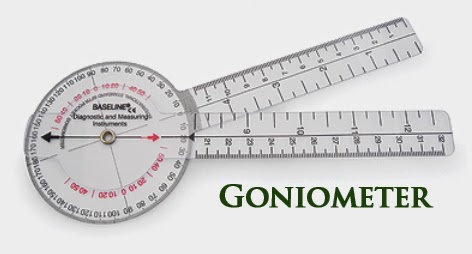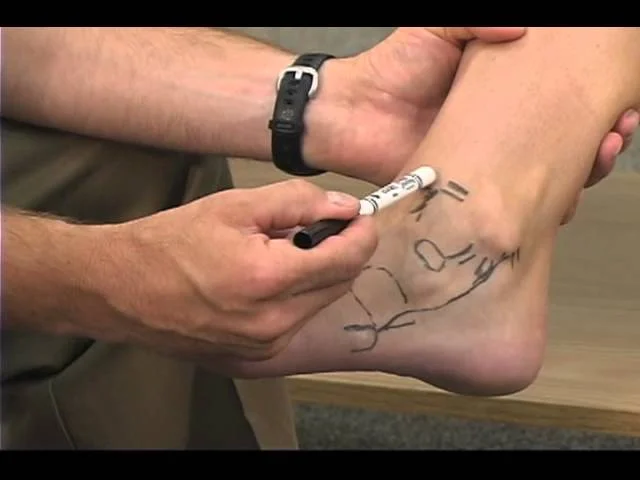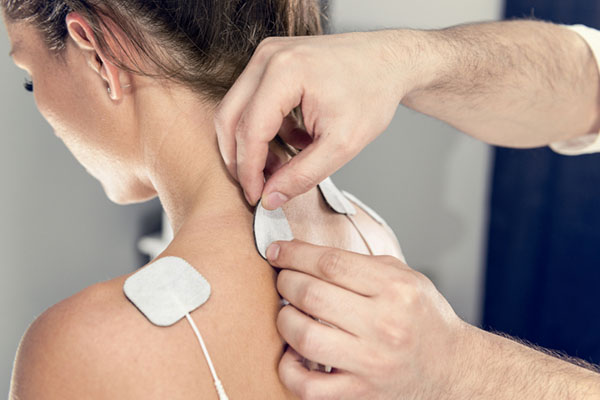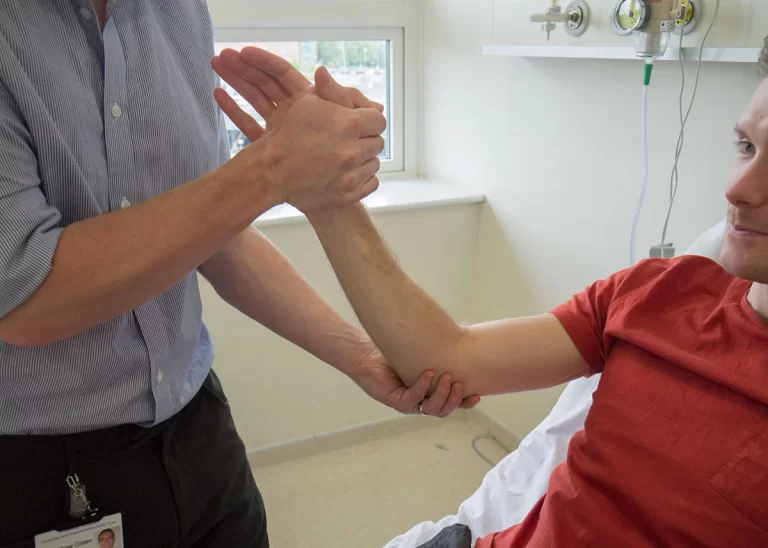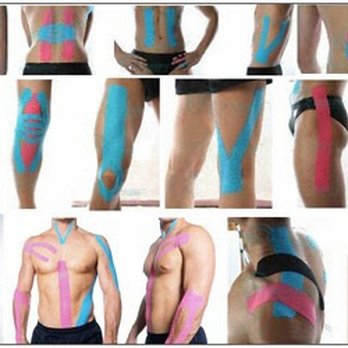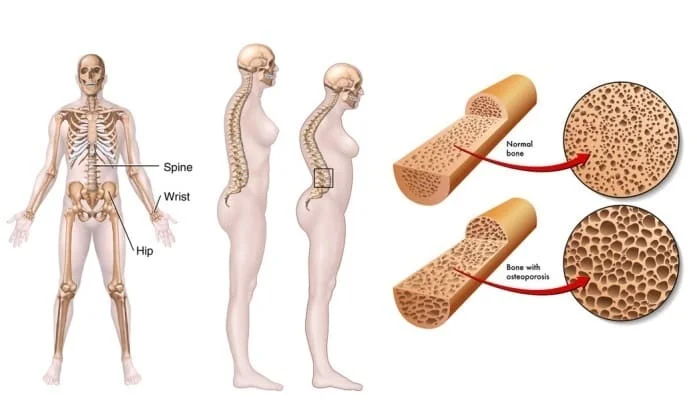TAPPING FOR ROTATOR CUFF INJURY
Taping for Rotator cuff injury become popular which helps to stabilize the shoulder joint, and also improves shoulder function. ANATOMY OF ROTATOR CUFF : In the human body, the rotator cuff is a functional anatomical unit located in the upper extremity. Its function is related to the glenohumeral joint, where the muscles of the cuff…

